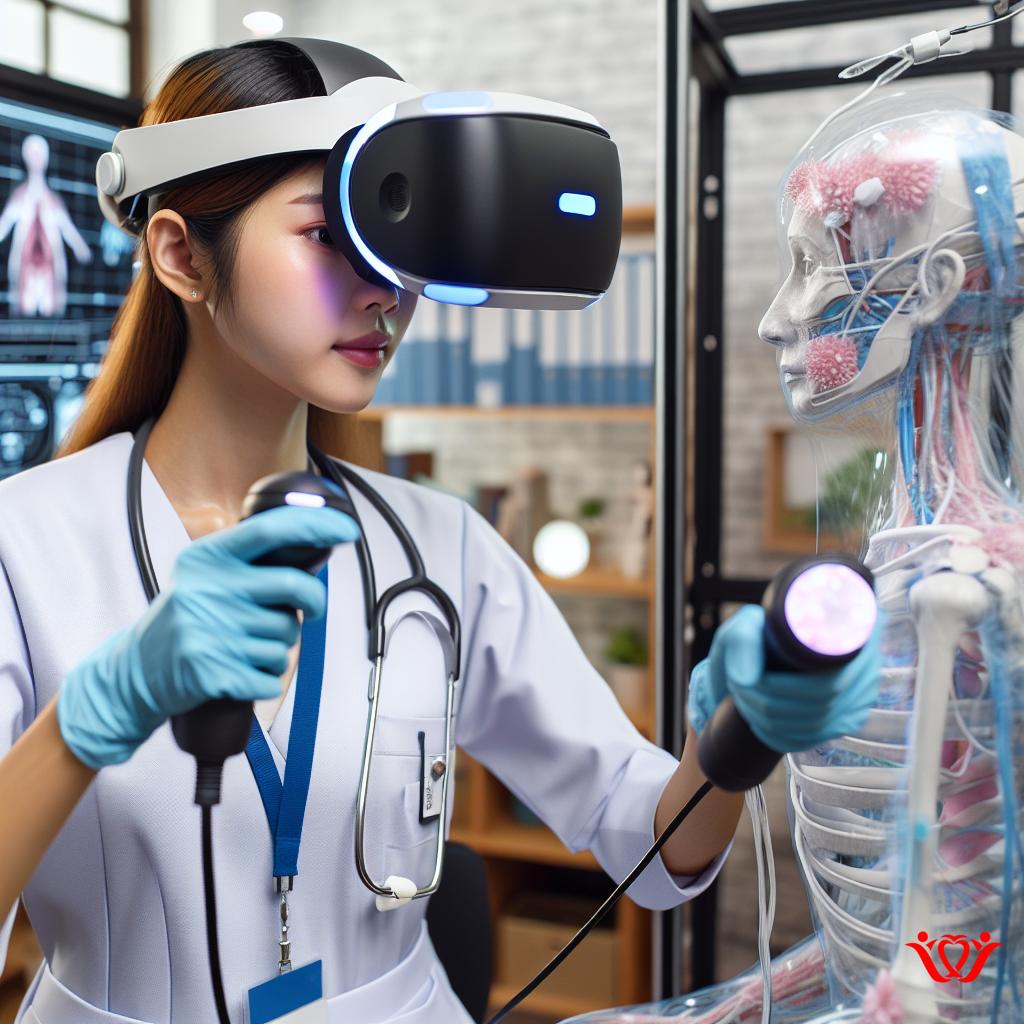
Introduction to VR in Caregiving
Caregiving has witnessed transformative changes with the integration of technology. Among these advancements, virtual reality (VR) stands out as a beacon of innovation, offering new ways to enhance care and improve patient experiences.
The Evolution of Virtual Reality Tools
Virtual reality, once a concept of science fiction, has become a powerful tool in healthcare and caregiving. Initially developed for gaming and entertainment, VR technology has found meaningful applications in multiple domains, including mental health, rehabilitation, and pain management.
Key Milestones in VR Development
- 1990s: Emergence of consumer-ready VR headsets.
- 2000s: Introduction of more affordable and advanced VR equipment.
- 2010s onwards: Widespread acceptance in education and healthcare.
Applications of VR in Caregiving
1. Pain Management and Relaxation
VR is revolutionizing pain management by providing immersive environments that distract patients from discomfort. Techniques such as guided VR meditation and nature simulations help soothe patients, reducing their perceived pain levels.
2. Cognitive Rehabilitation
Cognitive skills can be enhanced through VR exercises tailor-made to challenge and stimulate the brain. This is particularly beneficial for elderly patients or those with neurological conditions.
3. Training for Caregivers
VR provides an interactive platform for caregiver training, allowing for realistic simulations of emergency situations and daily caregiving tasks. This hands-on approach enhances the learning experience and prepares caregivers for real-world challenges.
Benefits of Virtual Reality in Caregiving
- Cost-Effective: VR reduces the need for physical resources, cutting down on costs.
- Accessibility: Remote access to VR systems allows patients to receive care from anywhere.
- Engagement: Patients are more engaged, which can lead to improved outcomes.
Challenges and Considerations
Despite its many benefits, integrating VR into caregiving is not without challenges. Some of these include:
- Accessibility: Not all patients have access to VR technology due to financial constraints.
- Technological Barriers: Older populations may find it challenging to adapt to new technologies.
- Privacy Concerns: Ensuring patient data security is an ongoing priority.
The Future of VR in Caregiving
The potential for VR in caregiving is vast. As technology continues to advance, it’s expected that VR will become an integral part of personalized care strategies, offering tailored solutions that meet the unique needs of each patient.
Conclusion
Virtual reality is reshaping the landscape of caregiving by providing innovative tools that cater to modern needs. As the technology progresses, its role in healthcare will likely expand, offering even more ways to enhance patient care and caregiver education.
For more insights on how technology is impacting healthcare, visit our technology in healthcare blog or explore external resources such as the Healthcare IT News.









0 Comments